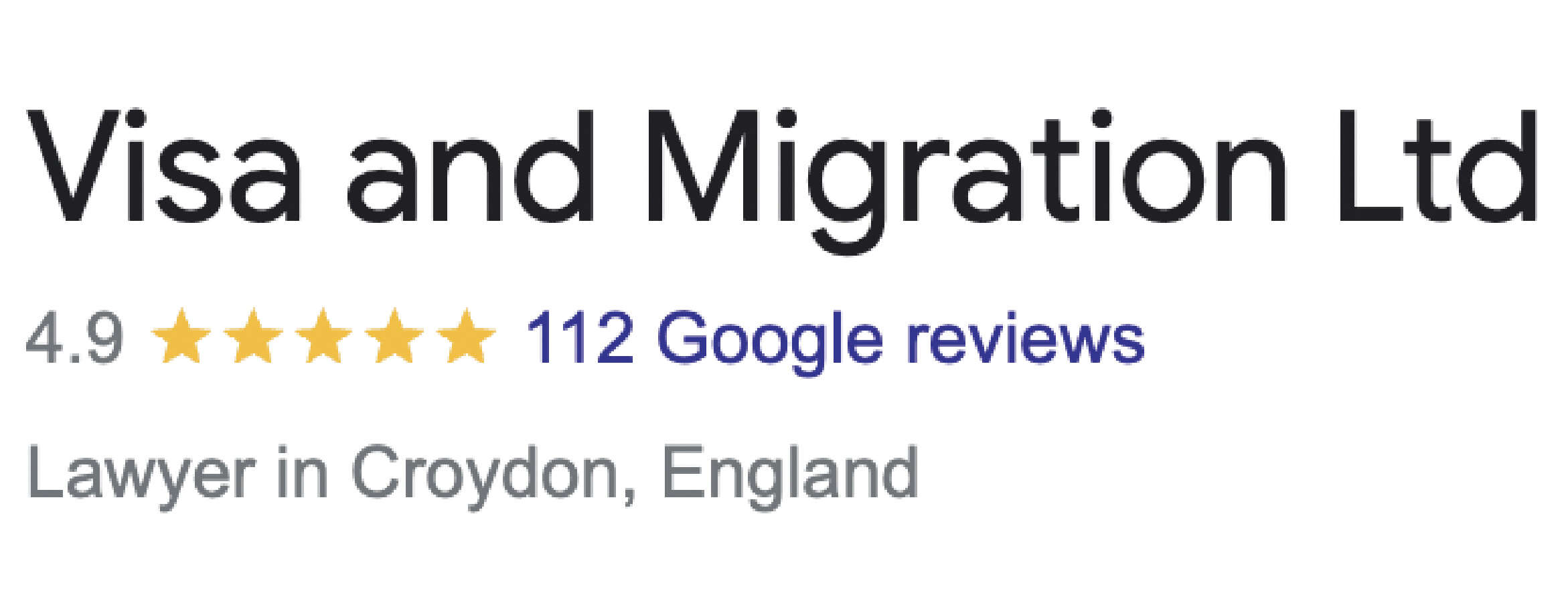
The EU Settlement Scheme's continuous residence test is being made significantly more generous for pre-settled status holders by introducing a new absence rule to sit alongside the existing limits.
From 16 July 2025, Annex 1 of Appendix EU is amended under the provisions of the Statement of Changes HC 836, laid on 24 June 2025, redefining the "continuous qualifying period" for the pre-settled status holders so that they have an additional route to complete the required five years' continuous residence.
Post Brexit, the EUSS (EU Settlement Scheme) provides a basis for EEA and Swiss nationals who were resident in the UK by the end of the transition period at 11 pm GMT on 31 December 2020, and their family members, to apply for the UK immigration status. EEA and Swiss citizens, as well as their family members, were required to apply for permission for UK immigration status (Settled status or pre-settled status) under the EUSS in order to remain in the UK after 30 June 2021.
The EU Settlement Scheme grants immigration status as either
• ILE (Indefinite Leave to Enter) - for applications made outside the UK, or ILR (Indefinite Leave to Remain) - for applications made from inside the UK – both referred to as 'settled status'; or
• 5 years' LTE (Limited Leave to Enter) - for applications made outside the UK or 5 years' LTR (Limited Leave to Remain) - for applications made from inside the UK – both referred to as 'pre-settled statuses.
You need to meet the "continuous qualifying period" test under the EU Settlement Scheme (EUSS) in order to move from pre-settled to settled status, or to keep the status you already hold.
Continuous residence is built around absence (from the UK) limits, and the Home Office now operates two parallel sets of rules effective from 16 July 2025.
Traditionally, an EUSS applicant had to demonstrate five years of continuous residence in the UK, during which they were not absent from the country for more than six months in any rolling 12-month period. A single, longer absence of up to 12 months may be accepted if it was for an "important reason" such as serious illness, pregnancy, study, or an overseas work posting. Time spent outside the UK on Crown service also does not count as an absence.
A person with any break longer than those limits (as mentioned above) got their five-year continuous residence clock irreversibly stopped and required to start again.
From 16 July 2025, a new, alternative, and more flexible rule was introduced and written into Appendix EU, providing pre-settled status holders under the EUSS a second way to complete their five-year qualifying period.
At the point of application for an EUSS 'settled status' (or when the Home Office automatically upgrades from pre-settled to settled status), the individual should be able to prove they have been physically present and spent at least 30 months in the UK during the most recent 60-month window. If they can do this, they are treated as having completed five years' continuous residence in the UK, regardless of how the absences were distributed, and with no justification needed.
This new rule offers immense flexibility. In practice, therefore, someone could have periods of absence spread out, or even a single break of almost 30 months, and still qualify, provided they meet the 30-month "UK time" threshold within the five-year window.
Please note that the original six-month rule continues to exist. Applicants may rely on whichever test is easier for them to satisfy for their specific circumstances.
The five-year residence period itself has not changed. Therefore, you still need to have (unless you qualify under the special "ceased activity" provisions) moved to the UK at least five years before the date of the decision.
The Home Office's automated system that upgrades eligible pre-settled holders to settled status is also to be re-programmed in order to consider the 30 months of National Insurance activity anywhere in the five-year span. However, those who can provide evidence of their necessary UK presence should apply manually rather than wait for the automated system to catch up.
Absence rules under the EU Settlement Scheme also govern whether the underlying settled or pre-settled status survives. Someone's pre-settled status, since 21 May 2024, lapses only after a single, continuous five-year period spent outside the UK. For anyone who crossed that threshold before the change, the previous limit of two years still applies.
You lose your settled status after an unbroken absence of five years. Because the new 30-month concession only helps those who still hold a valid pre-settled status, anyone whose permission has already lapsed, because they were overseas for two years before May 2024, cannot benefit.
Importantly, the Statement of Changes clearly states that the Home Office can still curtail somebody's pre-settled status if, on the facts, the pre-settled status holder no longer meets either the earlier or new absence test and their removal from the UK would be proportionate.
As such, people should not rely on the flexibility of the new rule alone if they have spent very little time in the UK. They must accrue enough presence in the UK before their status is reviewed by the Home Office.
This new rule is a welcome relief for many EU Settlement Scheme pre-settled status holders who might have inadvertently broken their five-year continuous residence under the previous, stricter rules. This includes individuals who experienced:
● Extended absences due to personal circumstances such as family emergencies, caring responsibilities, or unforeseen travel restrictions (e.g., during the COVID-19 pandemic).
● Work-related frequent or prolonged periods of travel outside the UK.
● Confusion over the intricacies of the previous complex rules that lead to unintentional breaches.
The new absence rule for EUSS offers much-needed clarity.
You should follow some useful tips to move from pre-settled status to settled status. For example, checking your travel history, keeping substantial evidence, applying manually, and avoiding delays.
If your automated upgrade to settled status hasn't taken place yet and you believe you qualify for an upgrade under the new rule, you should apply manually.
Avoid delay by acting promptly if you're close to losing your pre-settled status.
Make sure you can prove 30 months of UK residence in the past 5 years.
Keep Evidence such as Bank statements, tenancy agreements, employment records, GP visits employment records, or NI (National Insurance) activity that can all support your case.
The UK Government continues to advise everyone to apply for the EU Settlement Scheme who is eligible for settled status to get their rights confirmed.
These changes in the rules, effective from 16 July 2025, will also allow the Home Office to apply the new absence criteria in automation upgrades. Therefore, if you meet the new rules, you may be automatically upgraded from pre-settled to settled status once this process goes live.
Do you need further advice on an application for Settled Status under the EUSS (EU Settlement Scheme) or ILR (Indefinite Leave to Remain) under Appendix EU of the Immigration Rules, or on any other immigration matter? You can call us today at +44 (0)20 3411 1261.
...




